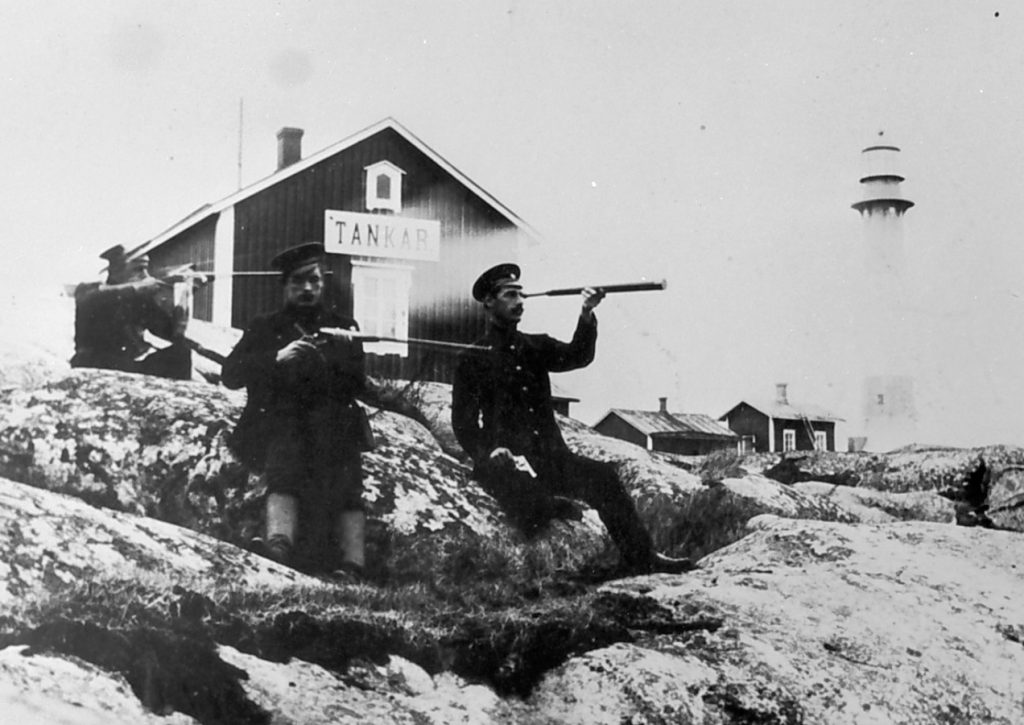Since the 16th century, the Tankar Island, has provided protection for coastal fishermen and seal hunters and guided seafarers safely to the port of Kokkola.
In the 13th century, the island, which was raised out of the sea as a result of geological uplift, was known by the name Klippan (the Rock). According to tradition, the current name Tankar is derived from the name Tankokari, which refers to the seamark which was formerly located on the island – a stone landmark, atop which was a barrel affixed to the end of a long pole. For centuries the desolate island acted as a base for seal hunters and fishermen.
It later became an important landmark for seafarers. Due to their narrow, dangerous fairways, the shallows in front of Kokkola made it difficult for large ships to enter the city’s port. As the ships grew, the city bourgeoisie had to hire a pilot for the safety of the ships entering and leaving the port. A pilot station was established on Tankar Island.
In the mid-19th century, the pilots of the island transferred to the service of the state. When the current lighthouse was completed in 1889, it needed its own staff, three vibrant communities established on the island: the greener south end of the island was for the fishermen, while the rugged northern part of the island belonged to pilots and lighthouse guards with their families.
In the 1860s there were around 60 jetties on Tankar. There were three harbours owned by the crown, which were used by pilots. The remains of old jetties can still be seen when exploring near the eastern shore of the island.
Thousand stories of Tankar
The painted huts of the lighthouse guards and pilot community rose around the lighthouse. In the summer, the atmospheric fishing village built around the sheltered harbour on the eastern shore of the island tells about the way of life of herring fishermen and their families who lived on the island. The scent of salt, the g fishermen’s cottages greyed out by centuries of sea breezes, the traditional fishing gear on the cottage walls and the seal hunting museum are reminiscent of a time when making a living from the sea was hard and often dangerous.
The trip of about 20 kilometres to the city gave the islanders of Tankar freedoms, but also demand for its own community rules. On Tankar Island, the order was supervised by the harbour bailiff and the council members, which operated in accordance with the harbour regulations drawn up for the kingdom’s fishing grounds, approved by the King of Sweden in 1726. In addition to the crown, life in Tankar was also directed by the church. When the trip to Kaarlela Church was found to be unreasonable for the islanders, a church was built in Tankar in 1754, where the parish priest held services during the summer.
